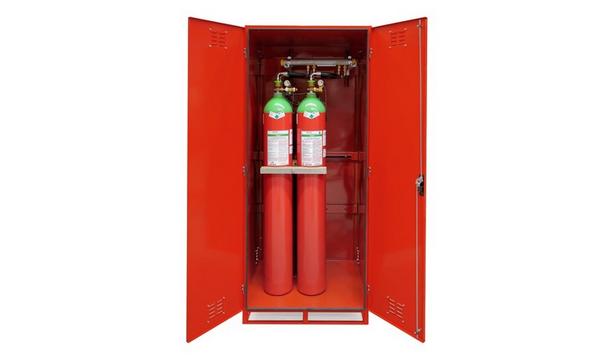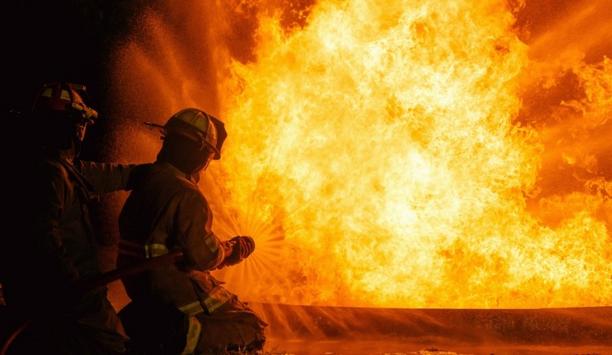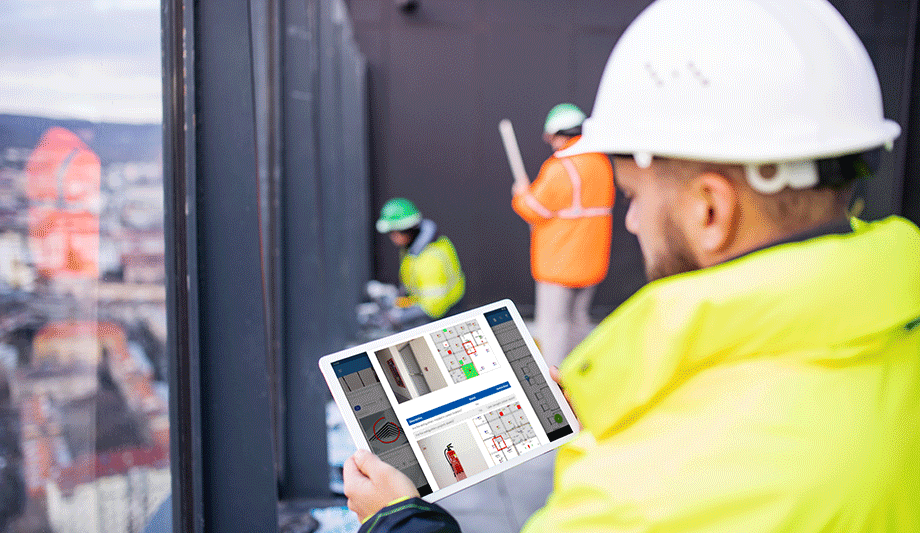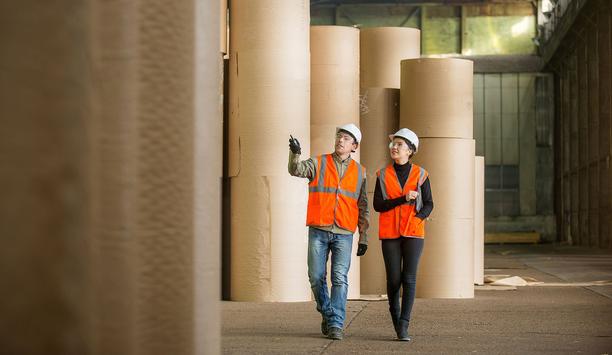Ever since VIKING was founded in 1960, they have led by example and have taken responsibility for the environment. In 2023, they continued this important work across all three ESG pillars: Environment, Social responsibility, and Governance.
The sustainability efforts continue to be anchored in VIKING’s top management team, who have stood by the decision to execute a long-term sustainability strategy based on a structural approach to engage the entire global organization and value chain.
Carbon-neutral by 2030 at the latest
Sustainable growth is now a top strategic priority throughout VIKING
Every year, they see how the ESG agenda not only drives more and more strategic decisions, but is also integrated into legislation, customer inquiries, credit facilities and insurance issues at a level where the ESG elements are a ”license to operate” for international companies like them.
Sustainable growth is now a top strategic priority throughout VIKING, and they work every single day to pave the way for new, innovative and sustainable safety products of the highest quality. The entire organization’s structured approach to sustainability is driven by the ambition to become carbon-neutral by 2030 at the latest. They will continue to launch new initiatives and make strategic investments to help them achieve this, supported by robust data.
Assessment of materiality
Sustainability is many things: from small, ongoing improvements on the factory floor to strategic investments, quantum leaps in materials and production methods, and continuous improvements to the management system. In order to prioritize the sustainability efforts in VIKING, they have defined a number of criteria for the initiatives. They should
- Be significant
- Be measurable
- Align with the business model
- Be future-oriented
- Be applicable to a global roll-out
- Strengthen the ambition to be a pioneer in the industry.
They continuously evaluate and prioritize the initiatives with which they can most effectively contribute to promoting sustainable and responsible development in the industry.
Steering the global organization towards sustainability
In 2023, they continued to standardize the global organization through the alignment of key business processes across quality, training, compliance, safety, behavior, leadership principles, business policies, supplier management, and transportation.
This work is anchored in the relevant international ISO standards such as ISO 9001, 14001 and 45001, which they have implemented systematically and rigorously in the organization.
Advanced analytics tools
They have continued to deepen the understanding of the carbon footprint of the materials
Besides business process standardization, they have continued the investment in building a validated baseline of CO2 data in order for them to create sustainable solutions that make a difference and measure the same. With an ambitious climate agenda, the data work has been particularly extensive, and it has involved both the own and independent experts.
Using advanced analytics tools, they have continued to deepen the understanding of the carbon footprint of the materials that are included across the product portfolio, including rubber, textiles, fiberglass and steel.
Future materials and components
Through a clear understanding of the climate impact, they have been able to enter into even closer dialogues with the suppliers regarding the development of future materials and components, focusing on both quality and sustainability.
The efforts to create full transparency throughout the entire global value chain will continue in 2024 and onwards.















